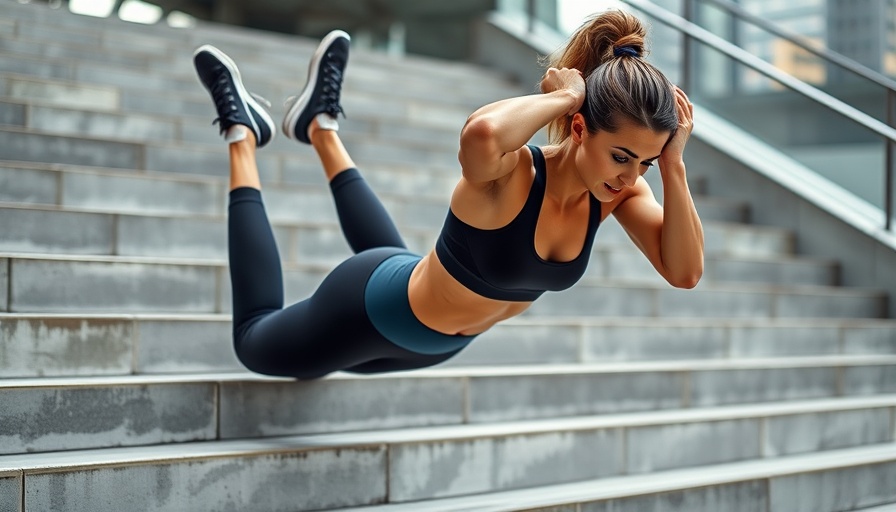
Why Lower-Body Strength Matters for Your Brain
As we navigate through our busy lives, often seated at desks or glued to screens, we might overlook an alarming correlation: our sedentary habits can significantly impact our brain health. Functional medicine doctor Amy Shah, M.D. highlights the crucial link between lower-body strength and cognitive vitality. Recent studies reveal that strong legs are not just for mobility; they are powerful indicators of overall longevity and mental wellness. For older adults, maintaining leg strength emerges as a pivotal factor that could stave off neurodegenerative diseases such as Alzheimer’s.
The Science Behind It
Research underscores that leg strength is a key predictor of physical capabilities later in life. A study published in the Journal of Aging Health noted that muscle mass in the legs serves as a litmus test for aging well. Additionally, experiments on mice demonstrated that inactivity can sharply reduce brain cell count, a stark reality for many who remain sedentary for prolonged periods. This impending decline paints a concerning picture of neglecting lower-body workouts.
Performing the Sit-Stand Test
Determining your lower-body strength can be accomplished with a simple sit-stand test, championed by Dr. Shah. Here’s how to conduct this straightforward yet telling evaluation: Sit down cross-legged, then rise without arm assistance, repeating the motion five times. For those who may struggle, utilizing a stable chair can adapt this movement, making it accessible to individuals of varying capabilities.
Strengthening Your Legs: Action Steps
Once you’ve assessed your strength through the sit-stand test, it’s essential to integrate leg-strengthening exercises into your routine. Walking, lunges, and squats can serve as foundational components of a daily practice aimed at boosting lower-body muscular health. Moreover, taking regular breaks from prolonged sitting can counteract the diminished strength and vitality that arise from our increasingly sedentary lifestyles.
Conclusion: Empowering Your Health Journey
Recognizing the indispensable role of lower-body strength in promoting not only physical capabilities but also cognitive resilience is transformative. By incorporating small changes, like the sit-stand test and regular leg workouts, you can enhance both your body and brain health as you age gracefully.
 Add Row
Add Row  Add
Add 




Write A Comment